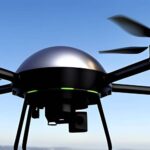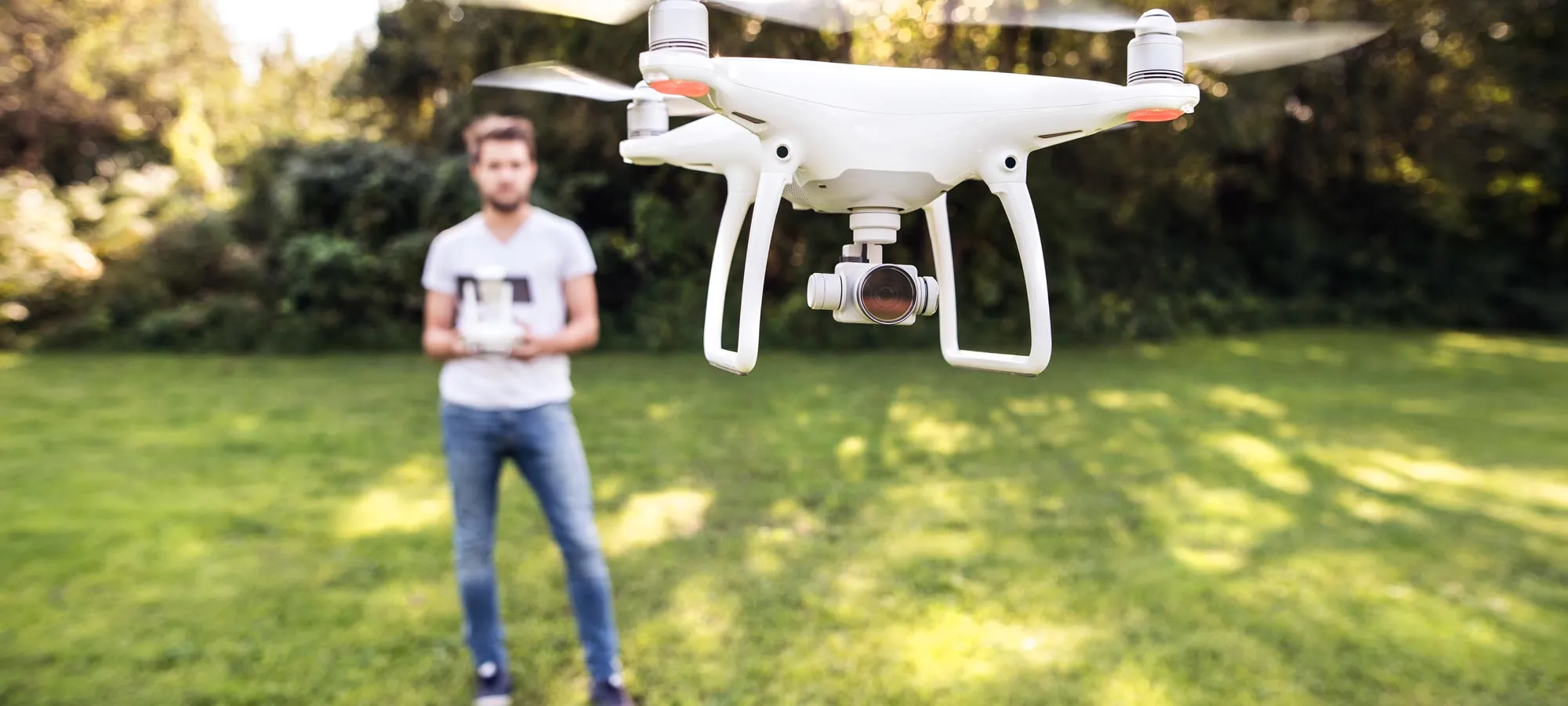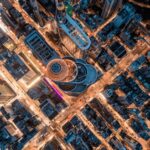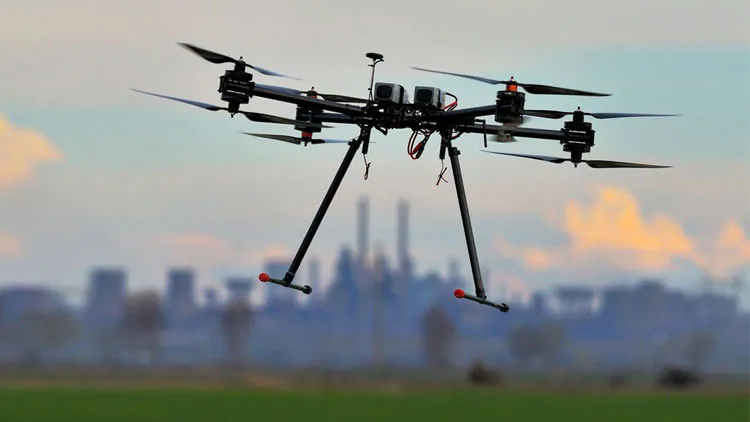
In the world of aerial photography and videography, drone technology has rapidly evolved to capture stunning visuals from the sky.
One of the essential factors determining the quality of these visuals is the dynamic range of the drone camera.
In this article, we delve into the concept of dynamic range, its significance, and how advancements in this technology have revolutionized the capabilities of drone cameras.
Understanding Dynamic Range
Dynamic range refers to the ability of a camera, in this case, a drone camera, to capture and reproduce a wide range of brightness levels within a single image or video frame.
It is typically measured in stops and is a critical factor in determining the quality of the final visual output.
A higher dynamic range allows the camera to capture both shadow and highlight details in challenging lighting conditions, resulting in more visually appealing and realistic images.
Challenges in Drone Photography
Drone photographers and videographers often face challenging lighting conditions, including high-contrast scenes with intense sunlight and deep shadows.
In such situations, a limited dynamic range can lead to overexposed highlights or underexposed shadows, resulting in loss of detail and reduced overall image quality.
Advancements in Drone Camera Dynamic Range
- HDR Imaging High Dynamic Range (HDR) imaging has become a standard feature in many modern drone cameras. This technique involves capturing multiple images at different exposure levels and then merging them to create a final image with extended dynamic range. HDR technology ensures that both the brightest and darkest areas of the scene are properly exposed, delivering breathtaking visuals.
- Enhanced Sensors Drone camera manufacturers have been investing in sensor technology to improve dynamic range. The integration of sensors with larger pixel sizes and greater sensitivity to light allows for better capture of details in both bright and dark areas of an image.
- Advanced Image Processing Image processing algorithms have also played a crucial role in enhancing dynamic range. These algorithms optimize the captured data to ensure a balanced exposure, reduce noise, and enhance overall image quality.
- Diverse Shooting Modes Many drone cameras now offer various shooting modes, including bracketing and exposure compensation, which provide photographers with greater control over dynamic range. These modes allow users to capture multiple images with different exposures, facilitating manual or automatic blending for optimal results.
Significance of High Dynamic Range in Drone Photography
High dynamic range in drone cameras opens up a world of possibilities for capturing breathtaking visuals.
Whether it’s aerial landscapes with vivid sunsets, architectural photography with intricate details, or cinematic shots with dramatic lighting, the ability to maintain both shadow and highlight details ensures that every shot is a masterpiece.
Conclusion
Dynamic range is a pivotal aspect of drone camera technology, significantly impacting the quality of aerial photography and videography.
As drone cameras continue to advance, we can expect even higher dynamic ranges, providing photographers and videographers with greater creative freedom and the ability to capture stunning visuals in the most challenging lighting conditions.
The evolution of dynamic range in drone cameras represents a leap forward in the field of aerial imaging, promising more captivating and immersive visual experiences for both professionals and hobbyists alike.








